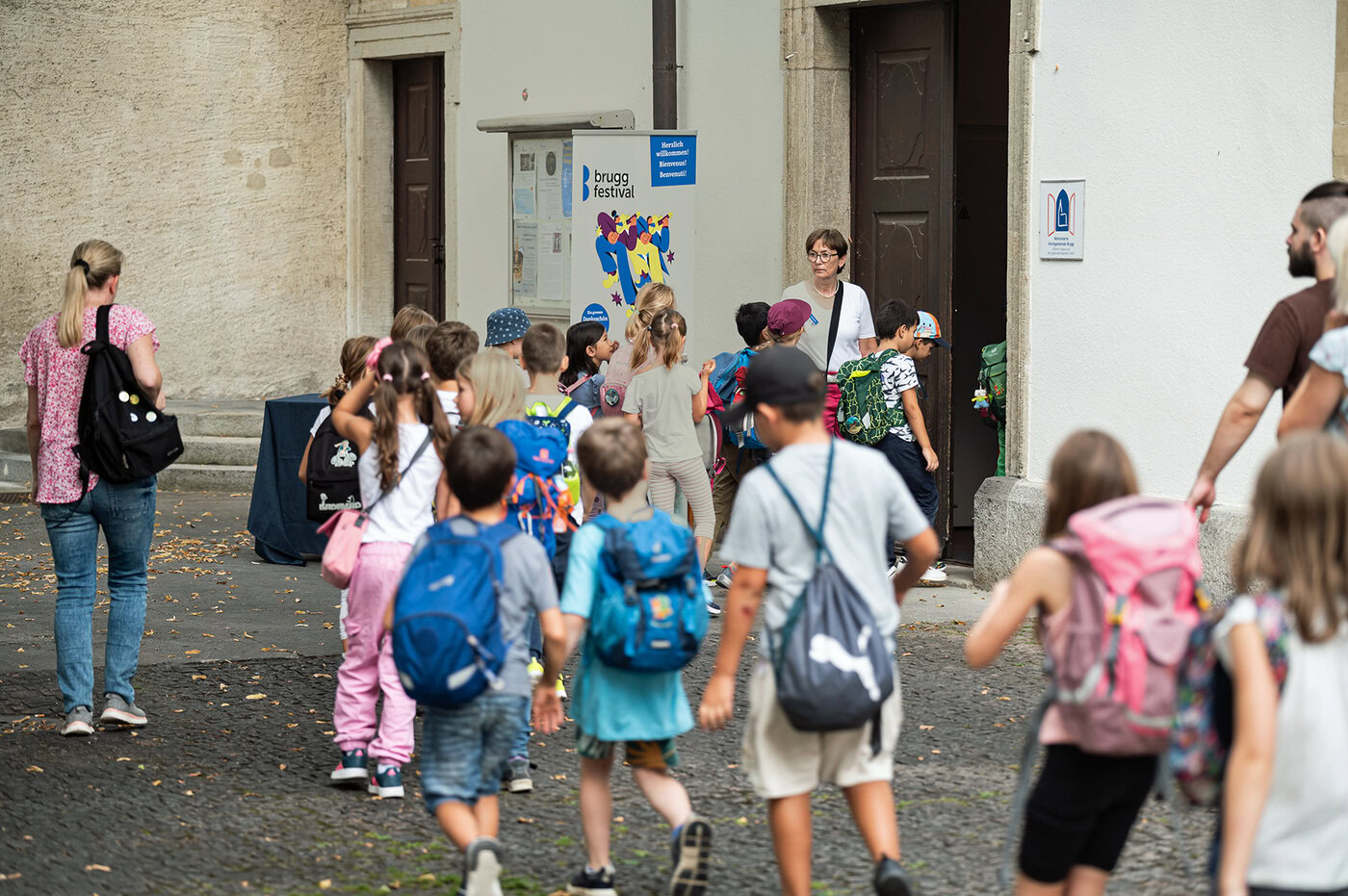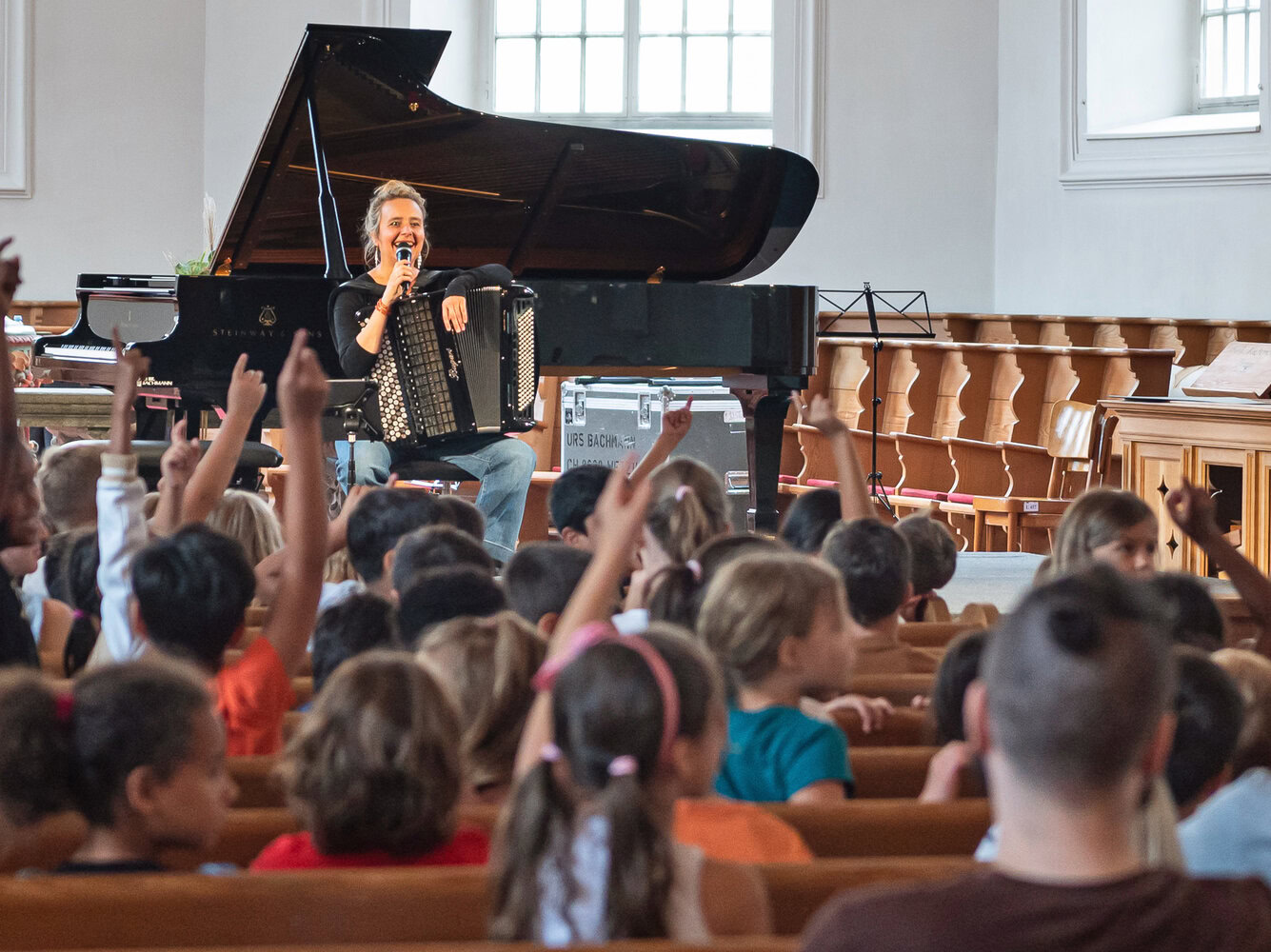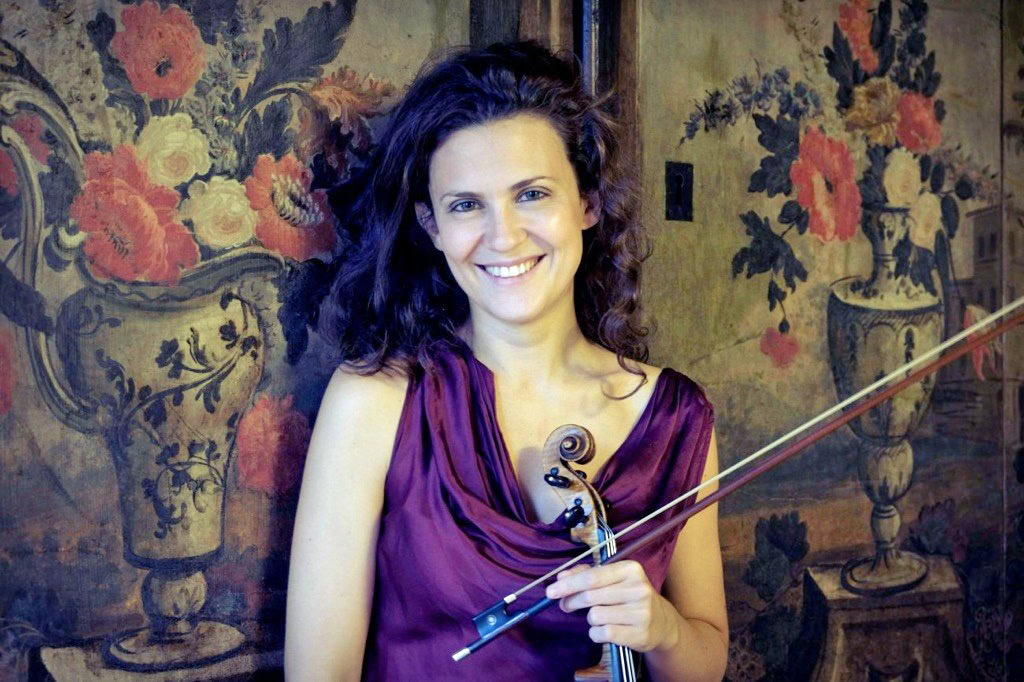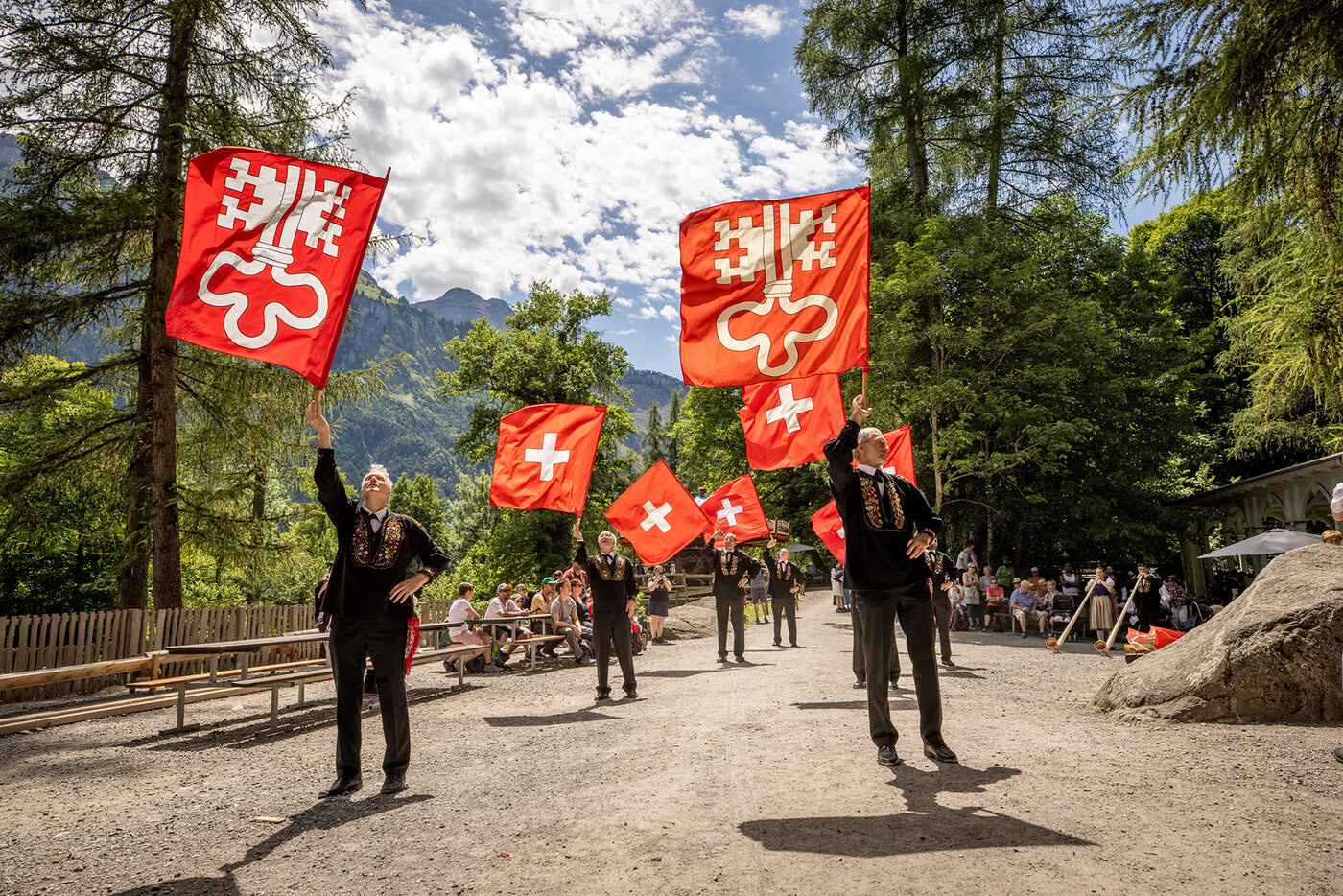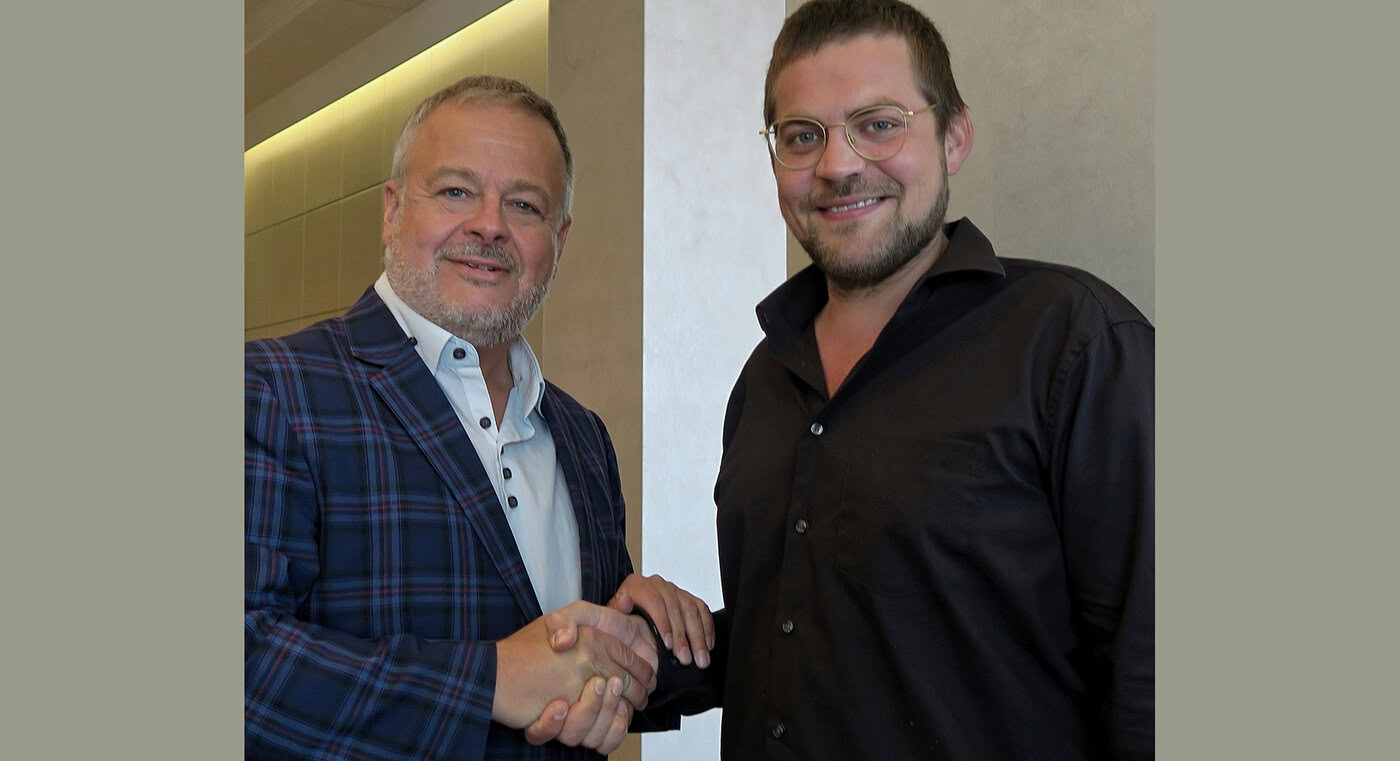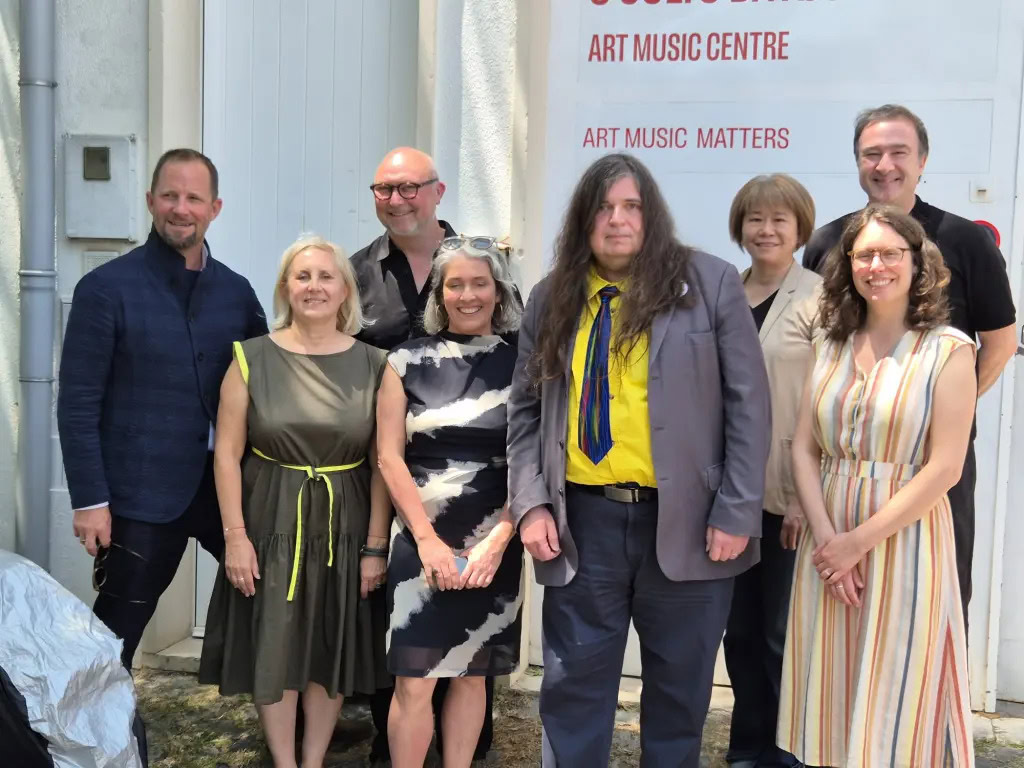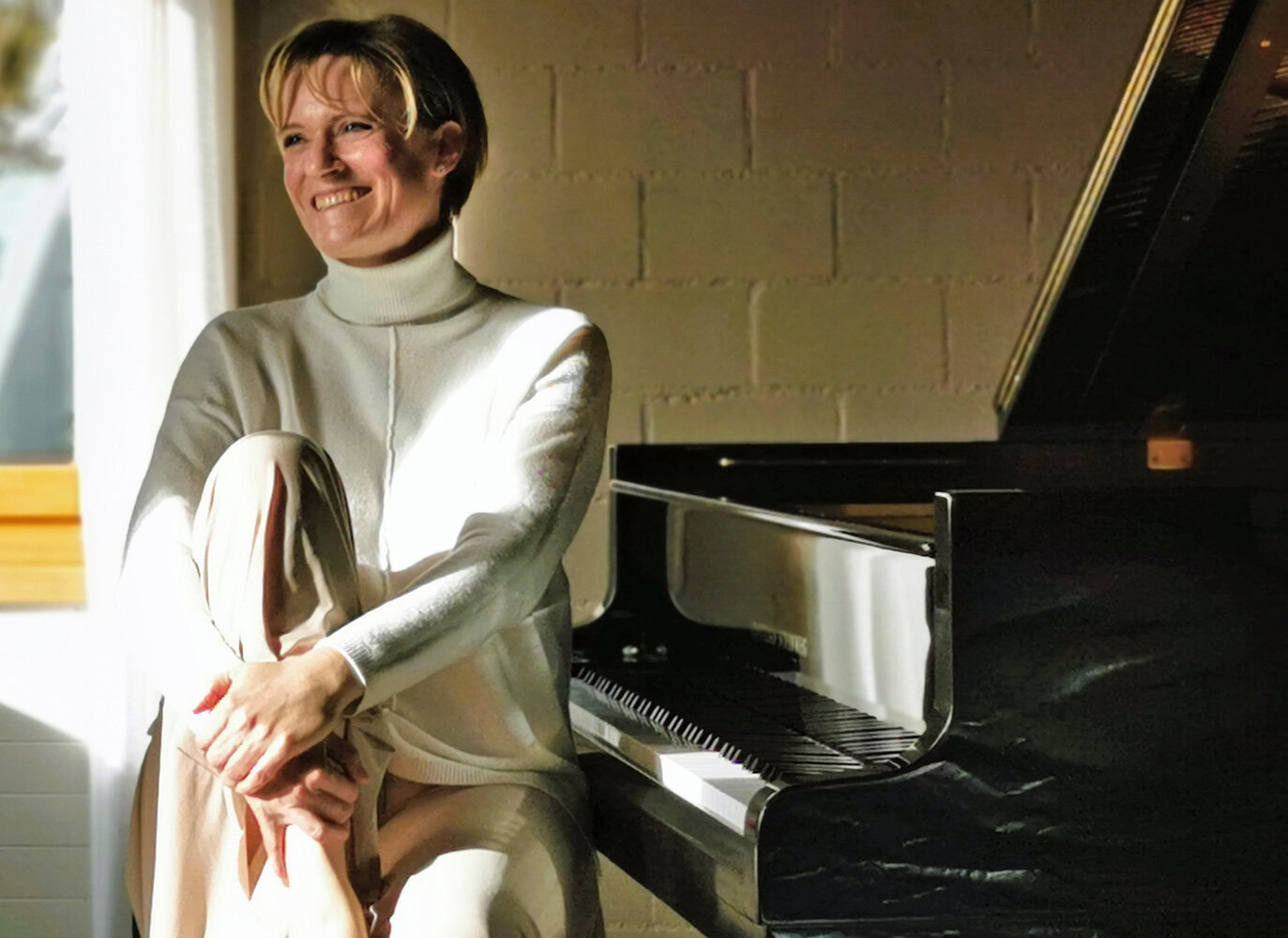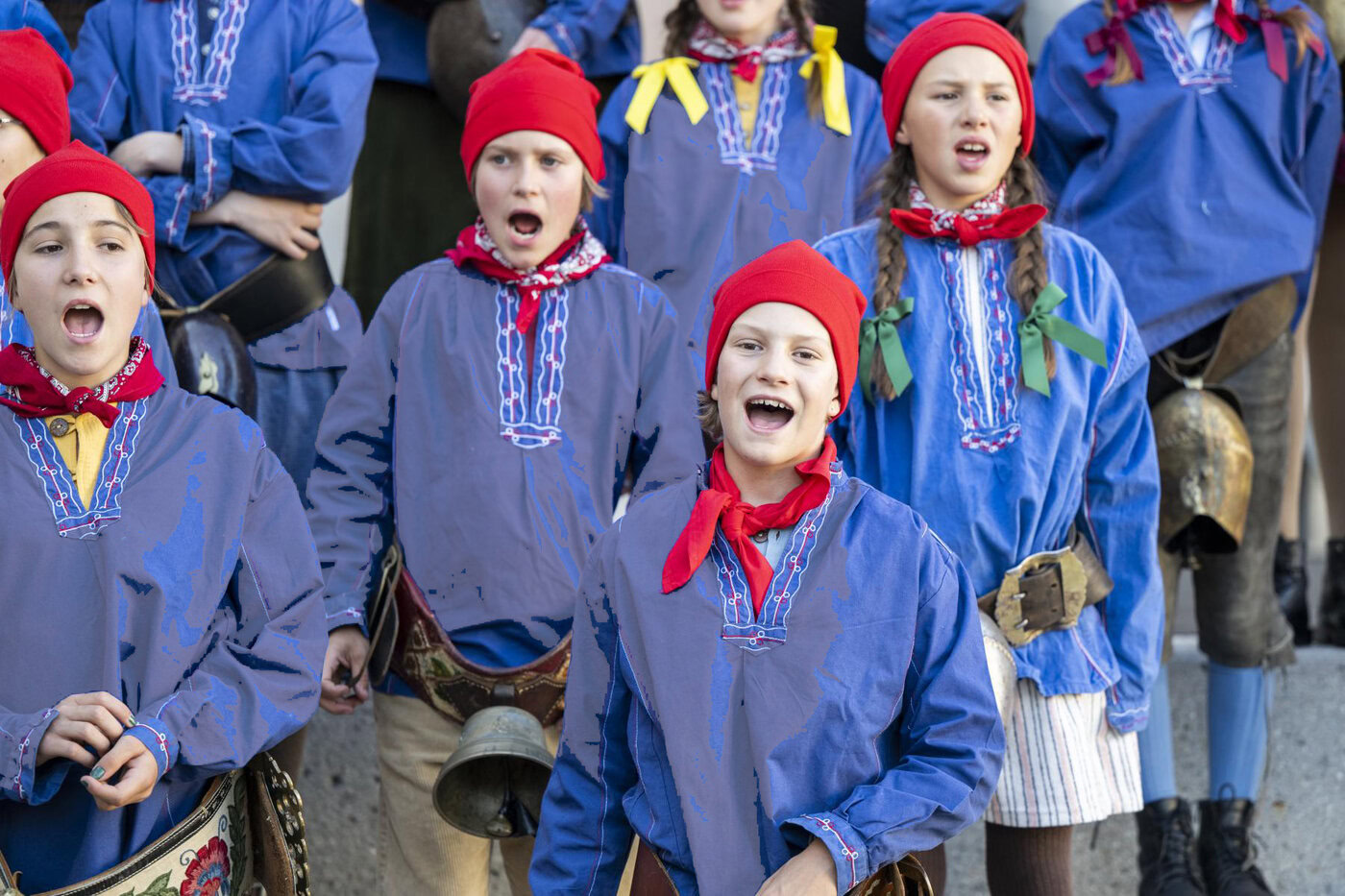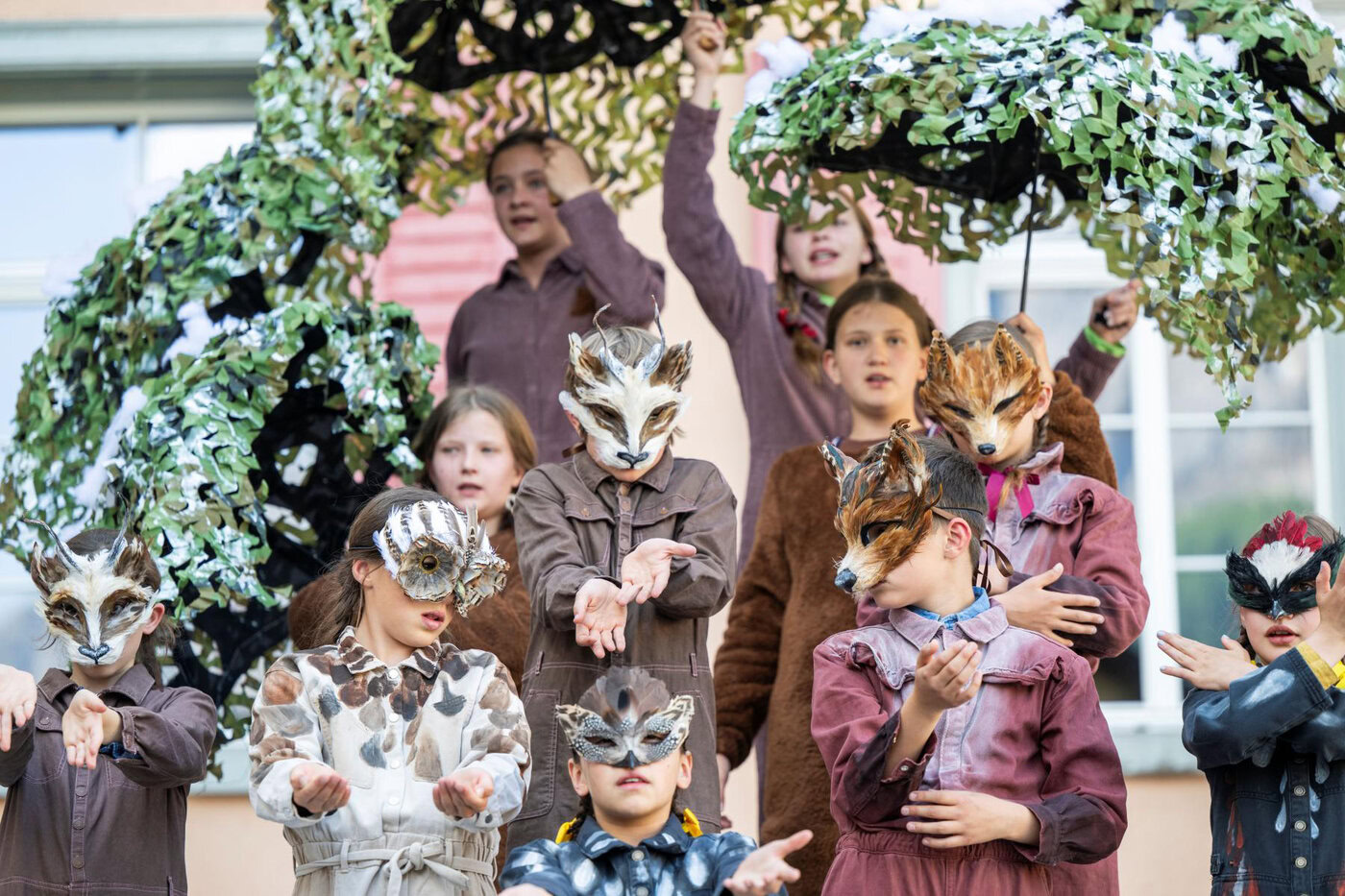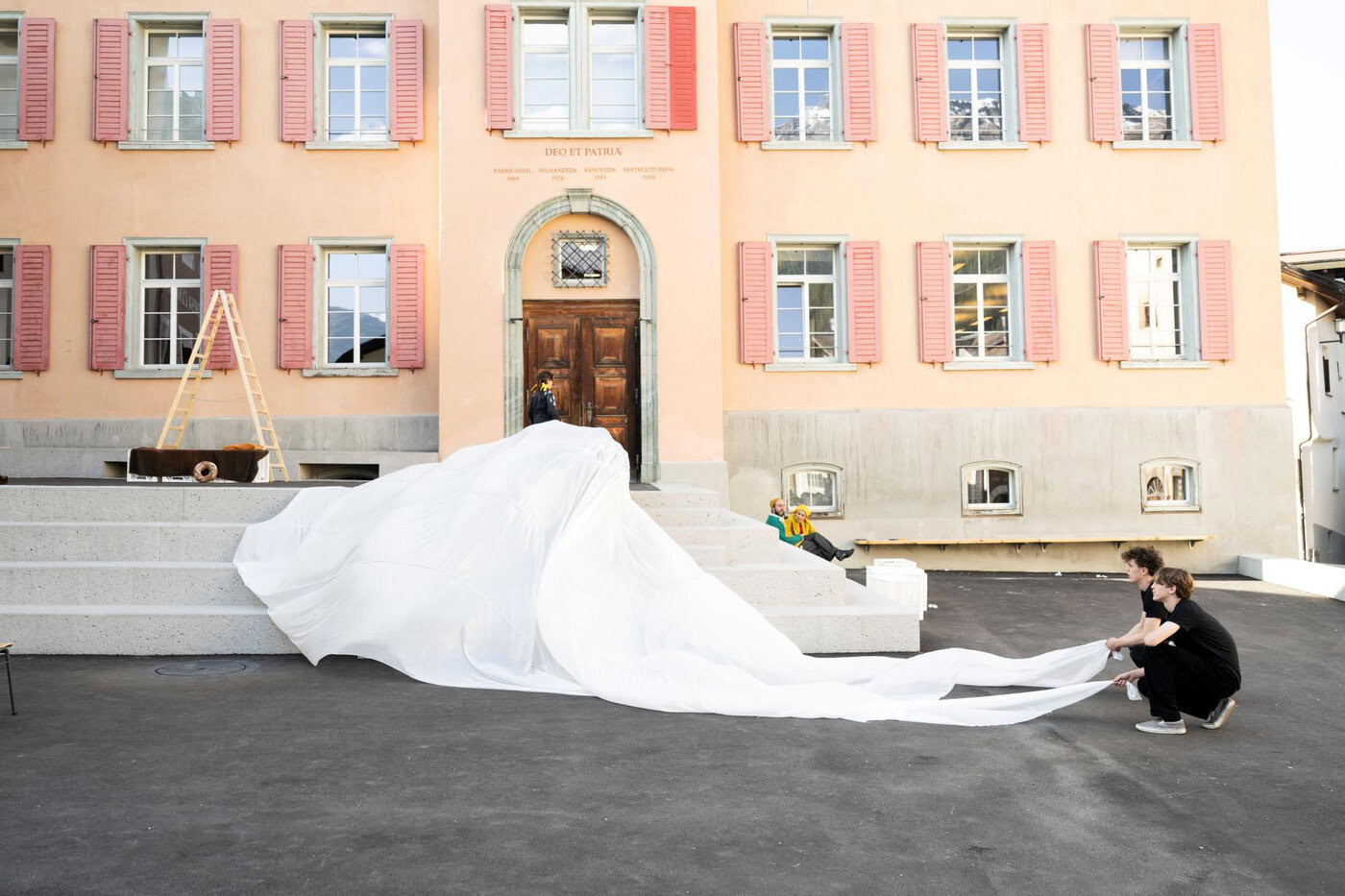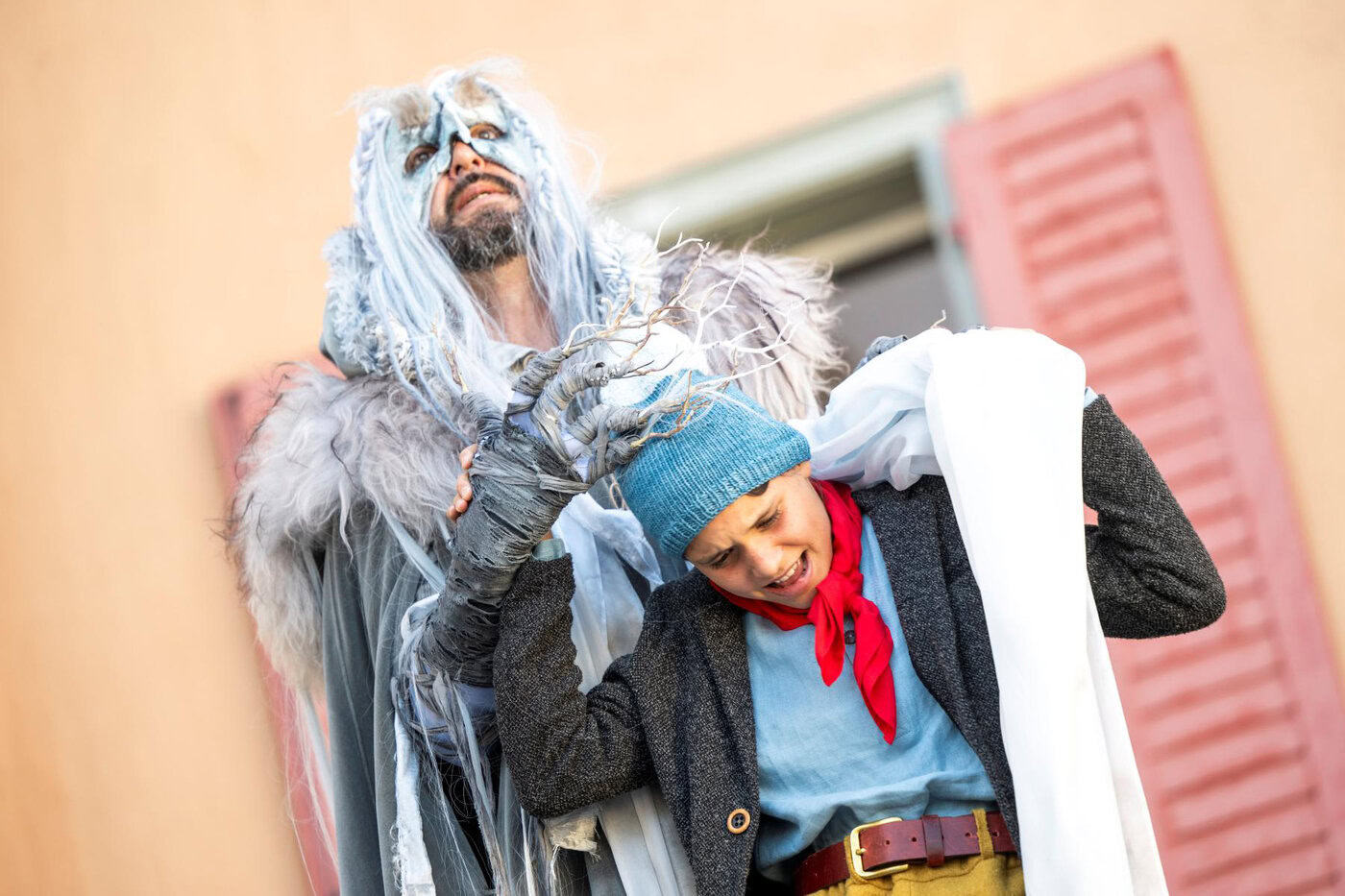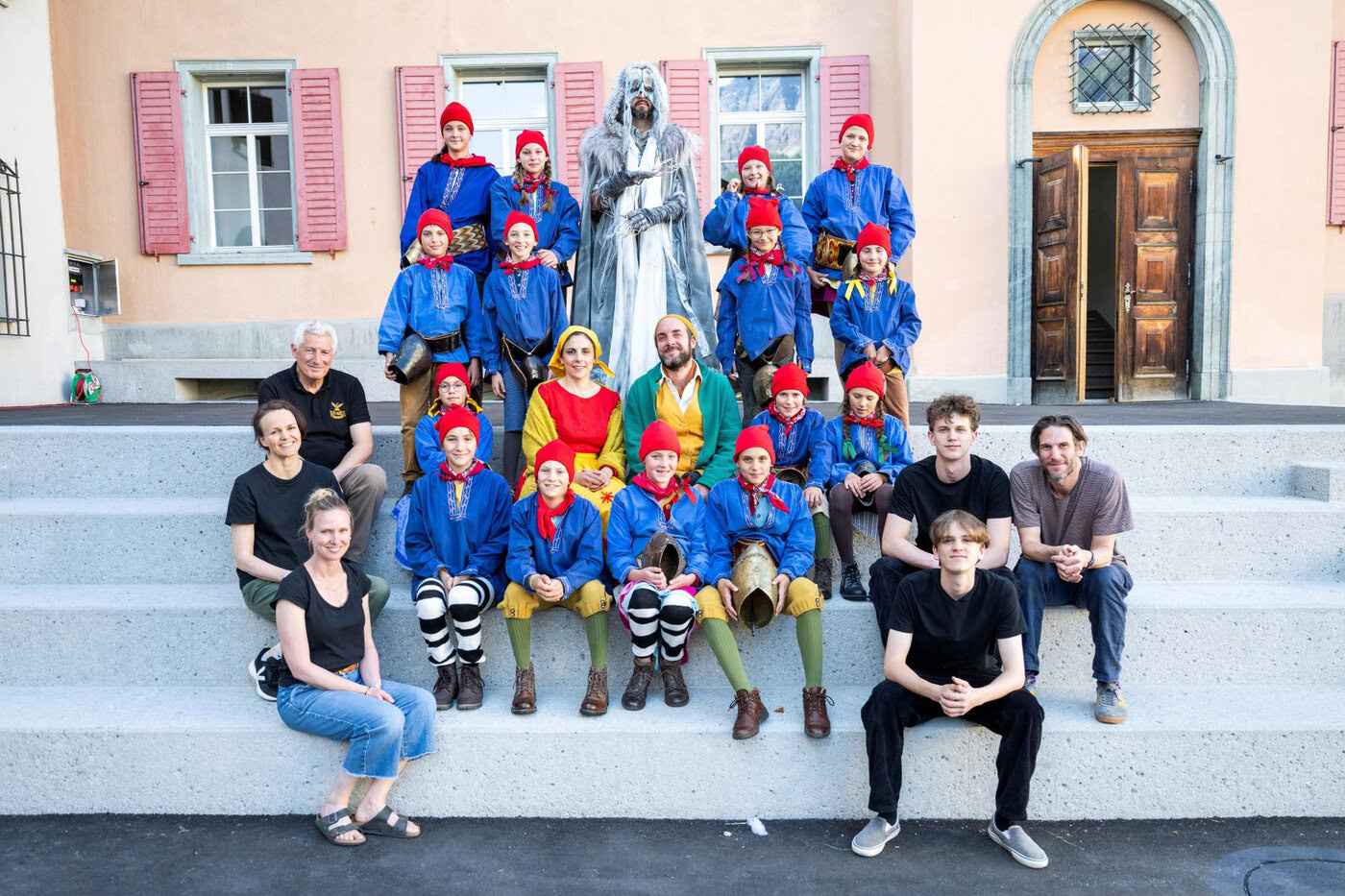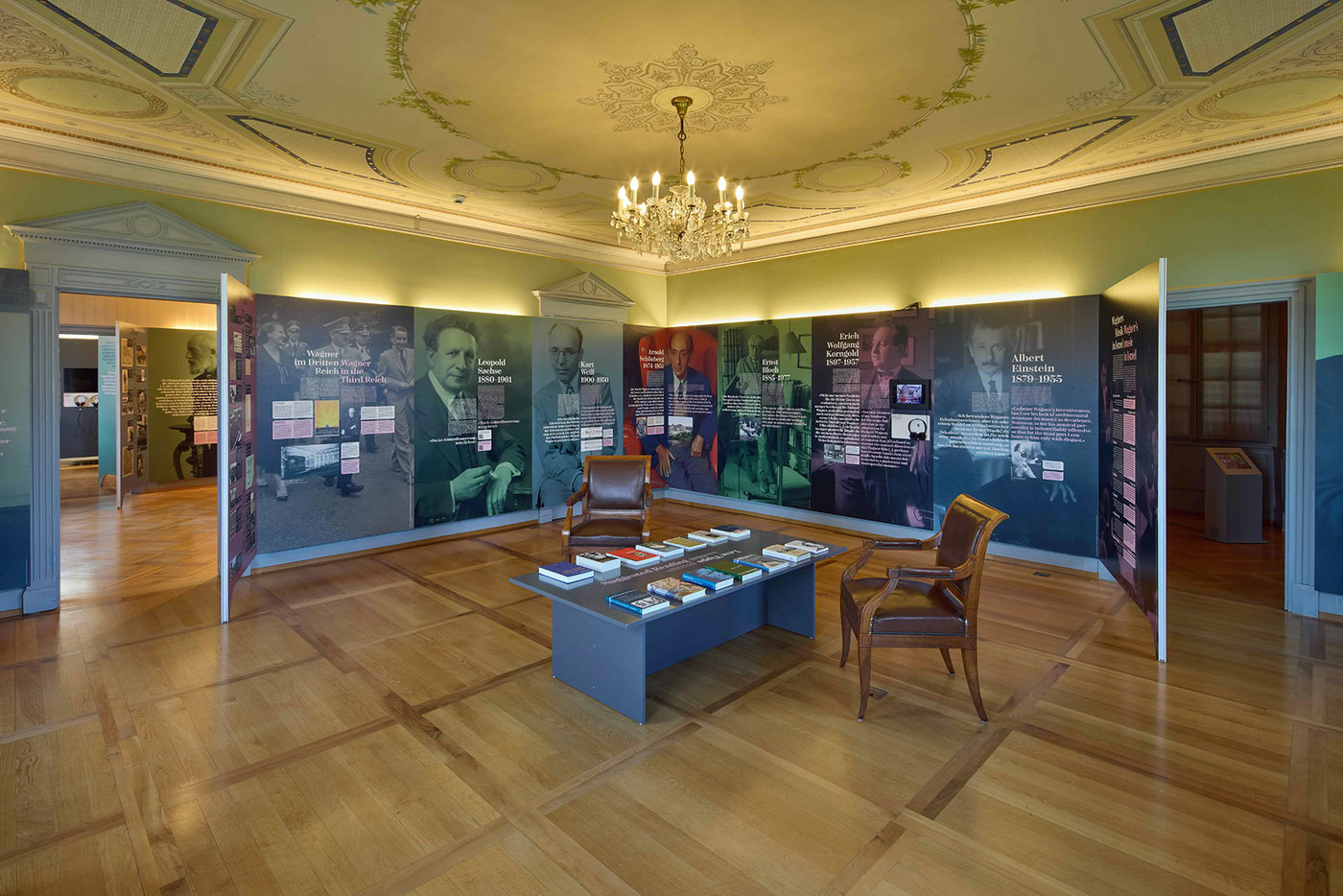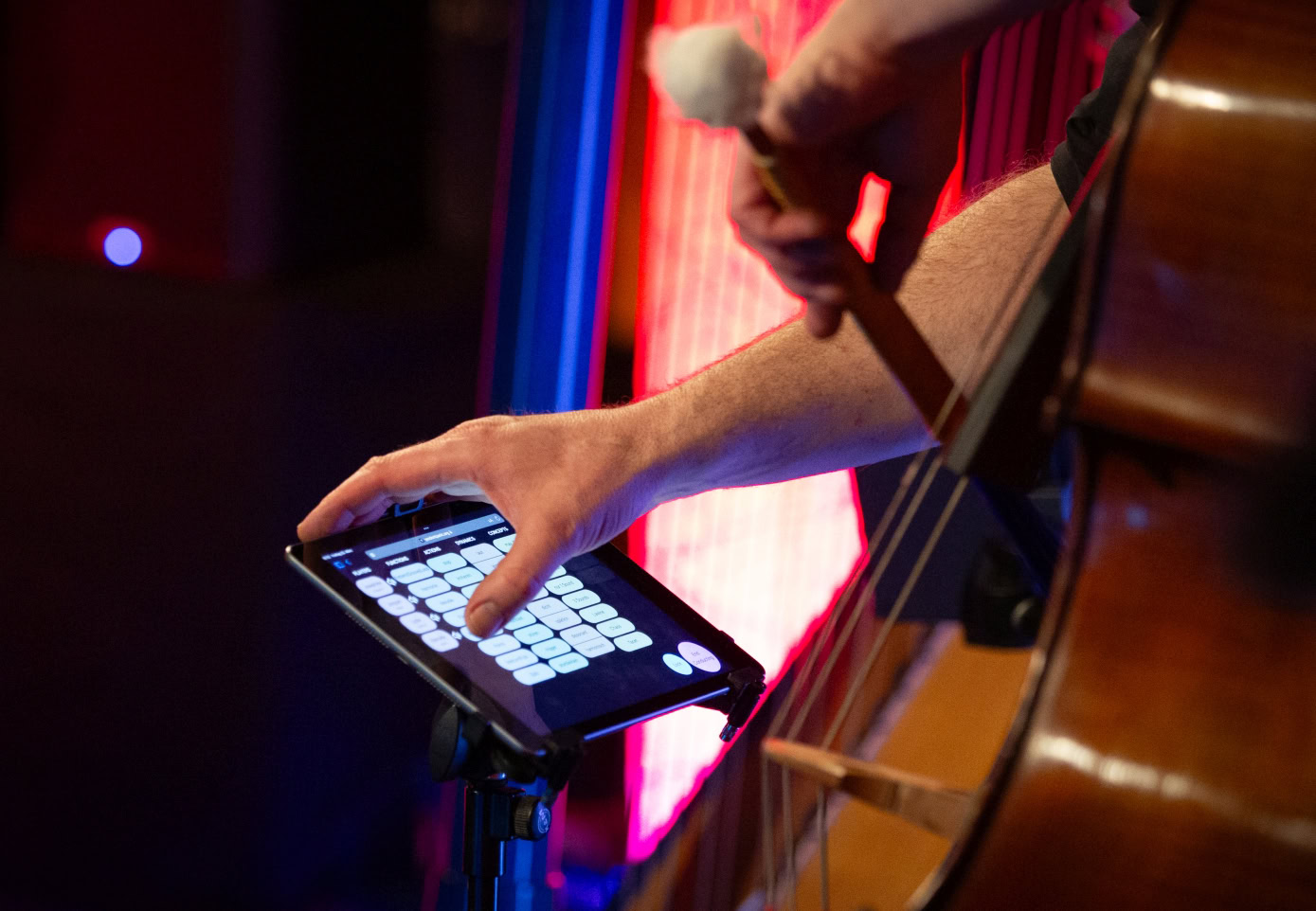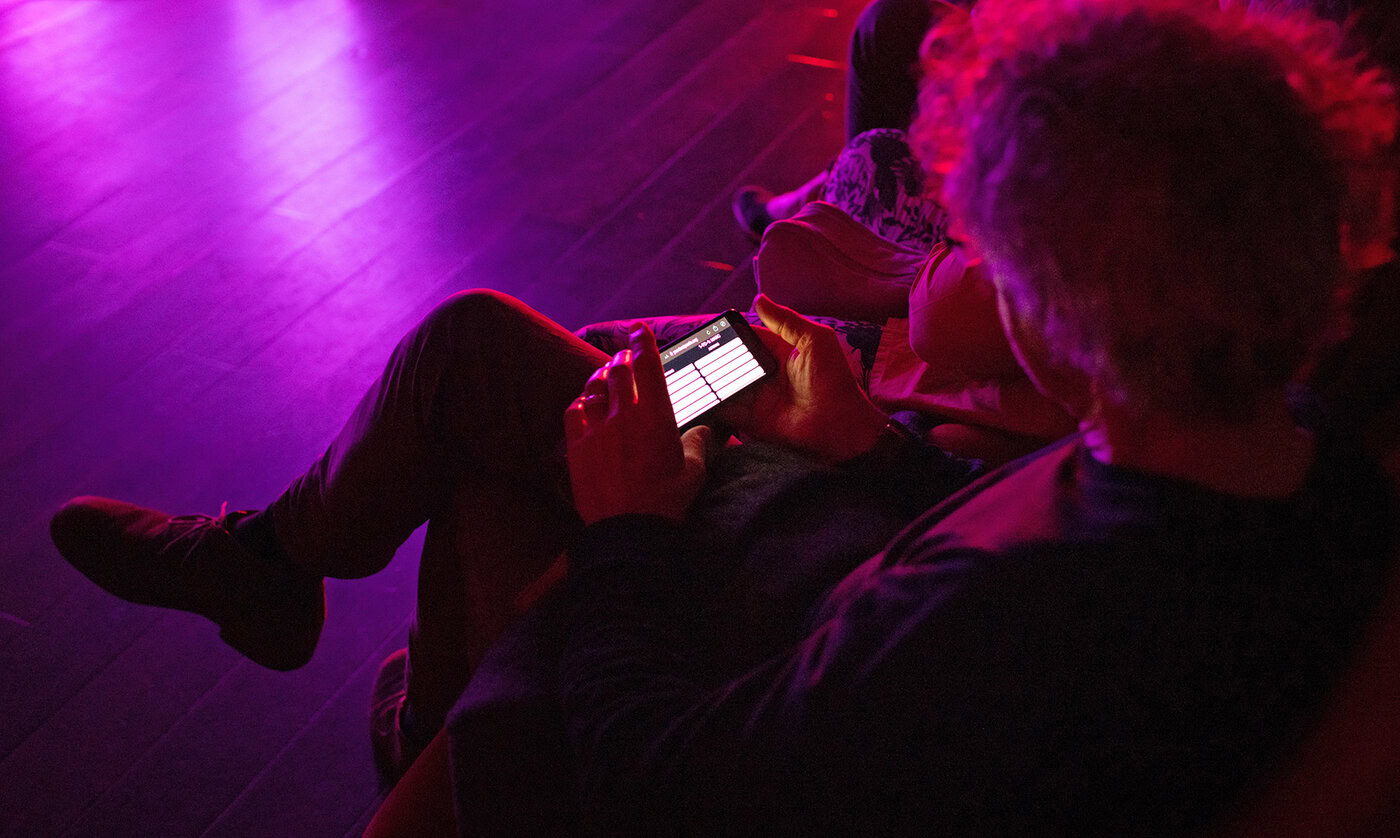When young people compose the future
The Young Composers Project at the Künstlerhaus Boswil is a model initiative.

How can I learn to compose? How do I get my music from my head onto paper? How do I develop a musical idea? These basic questions were at the heart of the Young Composers Project (YCP), which took place one weekend a month from March at the Künstlerhaus Boswil and offered eleven young composers from German-speaking Switzerland the opportunity to develop their own works under the guidance of top-class teachers. The youngest was nine years old, the oldest nineteen. The results of this extraordinarily successful project will be presented at the September 7 in Boswil and September 9 at the cantonal school in Wettingen presented to the public.
Gifted children are encouraged to play instruments in many places today. When it comes to composing, however, the prevailing opinion is often that this is a matter for adults and that children and young people lack the necessary skills. The opposite is true. You could see this for yourself during a visit to the YCP on a weekend in Boswil in June and at the first rehearsal with professional musicians in Arlesheim in August. The variety and originality of the ideas, their elaboration and notation, which was mostly done on the computer, the unprejudiced approach to harmony, which ranged from atonal to D major, the alert engagement with theoretical and practical questions of composing and the partly still searching, partly already thoroughly reflected talk about their own work - all this aroused astonishment and aroused curiosity about the two public concerts in September.
The Young Composers and their works
The youngest, nine-year-old Daniel Smirnov, who was always driven to Boswil by his parents, has a Fantasy a fresh and gripping piece for four players, divided into contrasting sections by tempo and key changes. He composes with great ease and has created over a hundred amusing pieces on his computer. Pieces of pork inspired by Walt Disney's Three little pigs.

At the other end of the age scale is Luca Blanke (*2005), who is The Blind Guitarist for violin, cello, clarinet, djembe and triangle is based on a painting from Picasso's Blue Period. He puts himself in the position of the blind musician and translates his thoughts in a considered way into a multi-layered, multi-faceted narrative musical structure.
Jaël Maier (*2008) plays the viola and has formed the trio Expanse in the storm for violin, cello and piano. Wide-ranging melodies are underpinned by moving accompaniment figures, a restrained inner excitement characterizes the piece.
Karina Verich (*2009), an excellent pianist who has been playing jazz since her childhood and who came to Switzerland from the Ukraine a few years ago, has created a new album with the duo As-tu fatigue? for piano and cello pizzicato, a challenging jazz number in 7/8 time. The two instruments are closely intertwined with small-scale motifs, rhythmic drive is combined with weightless elegance.
In Untitled by Laurin Rogausch, who is the same age, the keyboard instrument plays the leading role. The technically demanding part is embedded in an accompaniment of violin, cello and clarinet. With the expansive runs and arpeggios of the piano, the piece, written in an extended major tonality, has a distinctly concertante character.
What is striking about Marco Buser's (*2006) composition for five instruments is the polyphonic approach in the voice leading and the use of characteristic types of expression and form. The detailed piece consists of three contrasting sections - the middle one is based on a tango rhythm - and ends in a rousing finale. The attempt to formally reconcile the divergent parts is addressed in the playful working title: Rotundum quadrare opportet (roughly: The round must be made square). Incidentally, the composer allows associations with the footballer's saying "The round must go into the square".
Caner Öztas (*2008), who is already well versed in acoustic physics and can explain the overtone structure of an instrumental tone with flawless clarity, combines in The Evolution electronically generated sounds with violin, cello, piano and xylophone. The continuously changing loudspeaker sounds based on B merge with the playing of the instruments. By stubbornly sticking to the basic tone, the listener is sucked into the intensifying sound events.

Loïs Poller, who is the same age, designs in Vestige for clarinet, violin, cello and xylophone depicts the scenario of a young boy's search for his father, which ends in a general catastrophe. In the expressive composition, which carefully weighs up the expressive values, fast and slow parts alternate, but a serious tone is common to all.
Roland Potluka (*2007) also feels more drawn to darker emotional regions. In the trio Asphodelus Rêverie he refers to the flower Affodill, which, as he says, is associated with mourning. This inspired him to create an interesting construction of repetitive structures in which cello and clarinet alternate as leading instruments, the emotional content is translated into structural values.
Finally, Yannick (*2011) and Inès (*2008) Köllner: The two siblings have created a new project entitled Nano Haiku an approximately twenty-minute video installation with music, a dizzying journey through another reality, Yannick as an already accomplished, musically minded video artist and sound technician, Inès as a composer and highly talented cellist who will compete in the Swiss Youth Music Competition 2024 with Lutosławski's tricky Sacher variation has shone. At Nano Haikuwhere spoken texts, music and video projection intertwine to the second, she is now also active as a text author and conductor.

An academy for the next generation
The purpose of this course was: Elaboration of individual works up to concert maturity. It went without saying that this was only possible with precise notation. Composition lessons in the narrower sense were supplemented by a wide range of additional subjects. These dealt with fundamental aspects of composing such as the conception of a work, the form of notation, instrumental studies, questions of form and more; benchmark works of the past were also discussed. This turned the YCP into a veritable academy for the next generation. With its learning content and professional supervision, it would be an asset to any music school or college. For the Boswil Foundation, too, which was apparently not really aware of the importance of the company, it is an unplanned highlight of its sponsorship program.
The success of the project is thanks to a dedicated group of lecturers, above all baritone Robert Koller, who organized the complex undertaking almost single-handedly, and composer Bettina Skrzypczak, who co-founded the YCP in 2013 and then directed it for many years. This year, she led it in a team with Robert Koller. Other main participants were: Lukas Langlotz as musical director of the rehearsals, conductor Cristoforo Spagnuolo as "special guest", Pierre Funck for film music and Karin Wetzel, who helped supervise the course participants.
And the cellist Moritz Müllenbach. Using the example of the cello part from Inès Köllner's composition, which is peppered with double stops and harmonics, he demonstrated together with her the inexhaustible possibilities of sound production on the string instruments, as delightfully as a top chef revealing his best recipes. Alongside Heidy Huwiler (clarinet), Friedemann A. Treiber (violin/viola), Elizaveta Parfentyeva (piano) and Junko Rusche (percussion), Müllenbach was also part of the five-piece ensemble that rehearsed the compositional firsts. With the same care as if they had been written by established composers.
The public rehearsal with the ensemble in Arlesheim was a first trial run three weeks before the final concerts. Here, the young composers heard their pieces, which they had mostly only worked on on the computer, live with instruments for the first time. Any inconsistencies in the score could be discussed with the ensemble and then corrected. And it was already clear here that the works are sounding proof that creativity and compositional intelligence can be articulated at a young age in a way that is just as serious as that of academically trained musicians. The latter have a professional craft, more compositional experience and therefore a more mature view of music. Young people, on the other hand, have a spontaneous joy of discovery, the will to learn new things and an unadulterated desire to create art. In other words: In composing, a new generation is taking its first steps towards shaping the future.














